From the Civil War to the Space Race, these powerful pictures from American history show the past as it really happened.
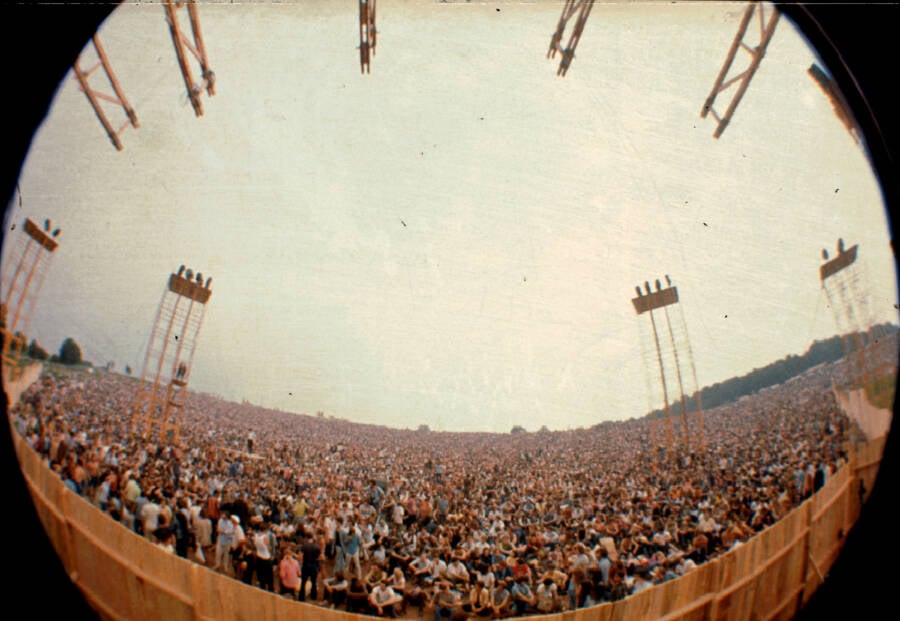
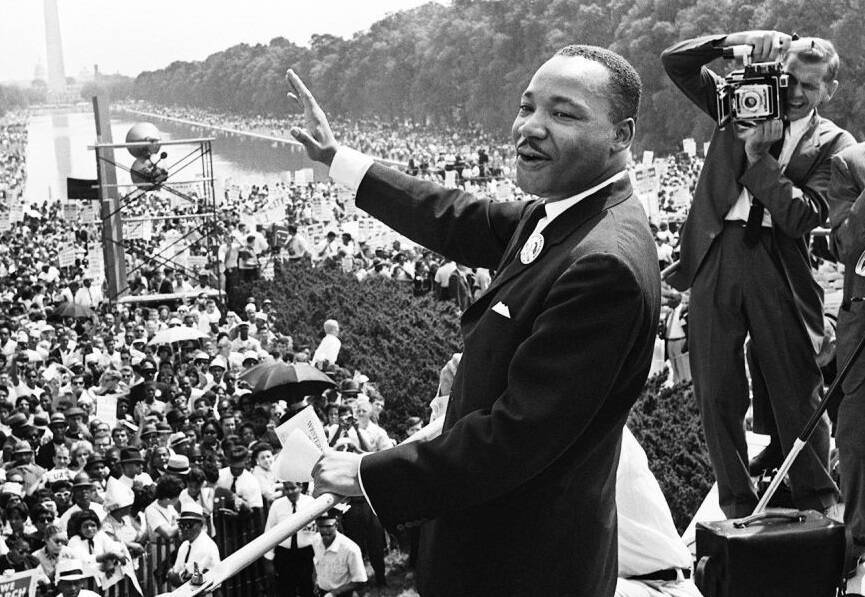
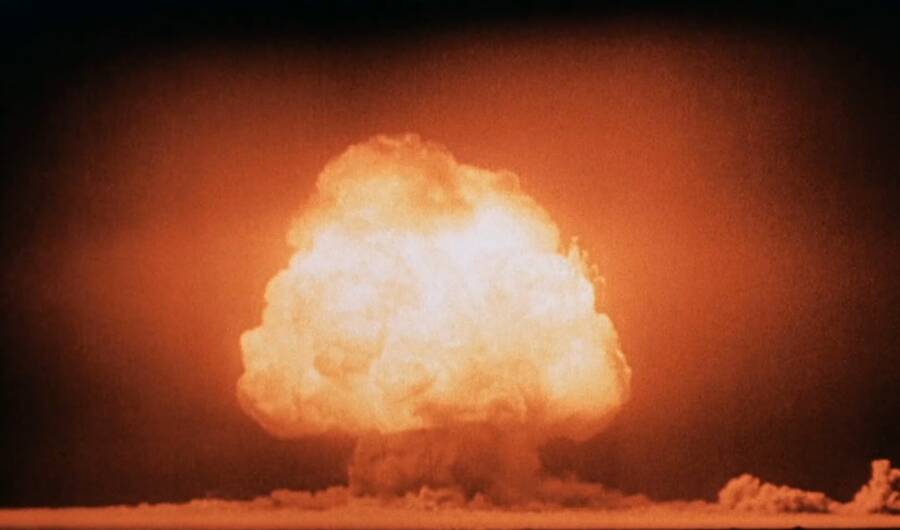
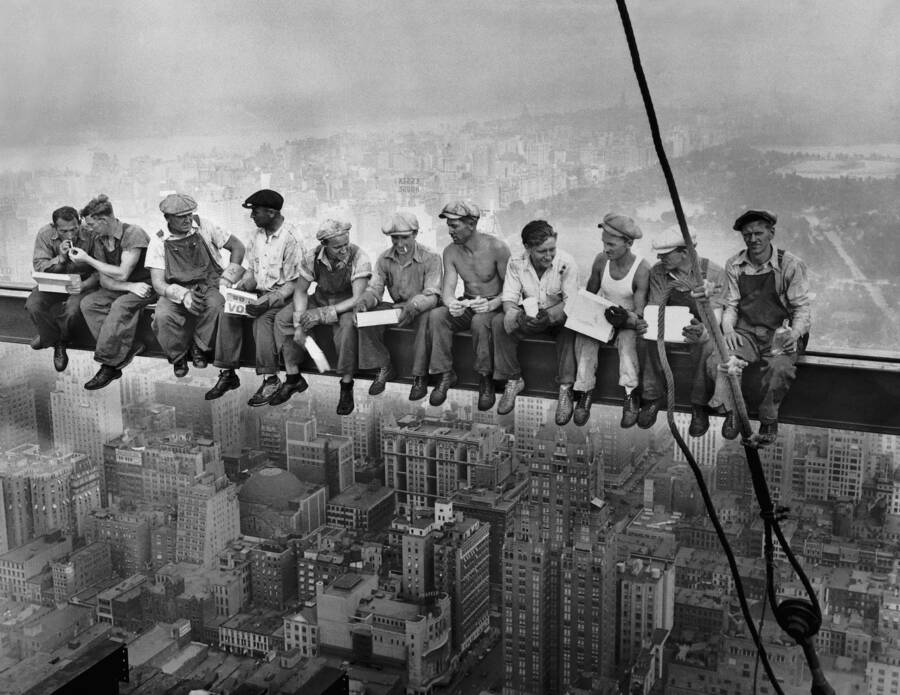
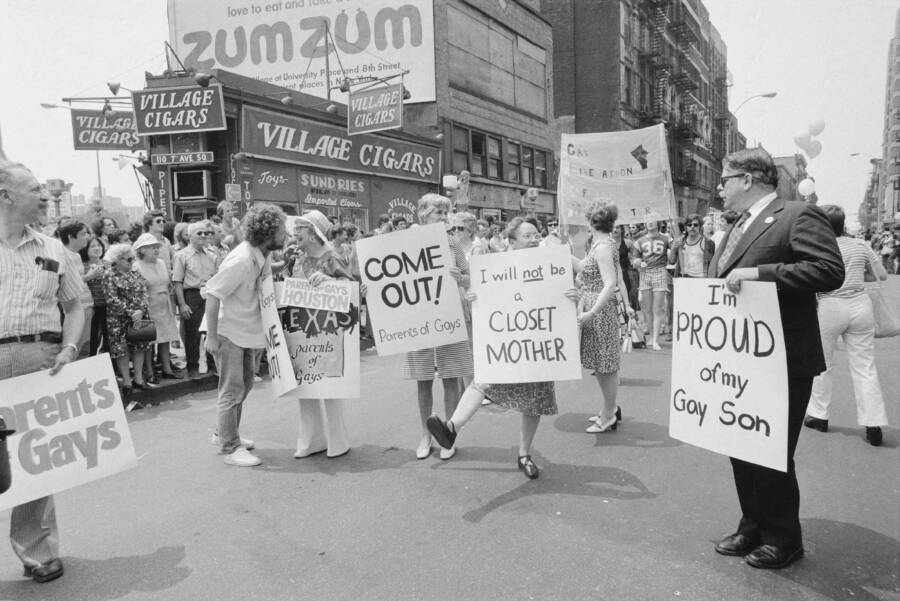


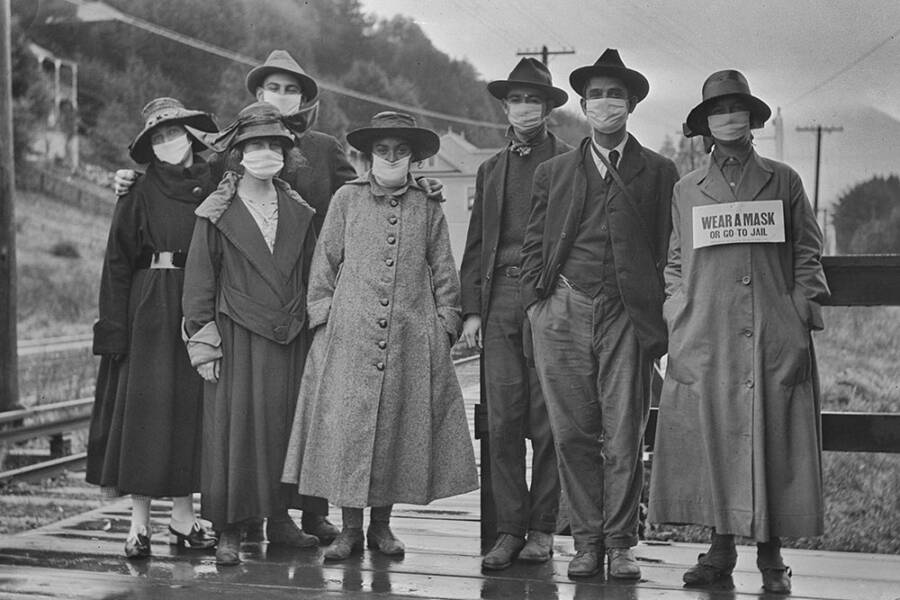



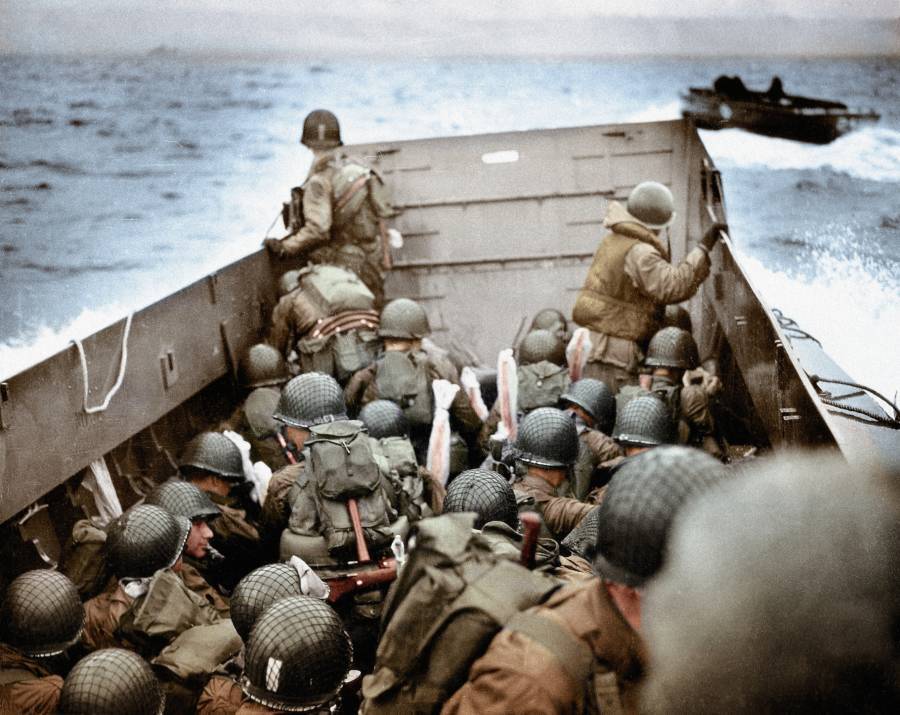


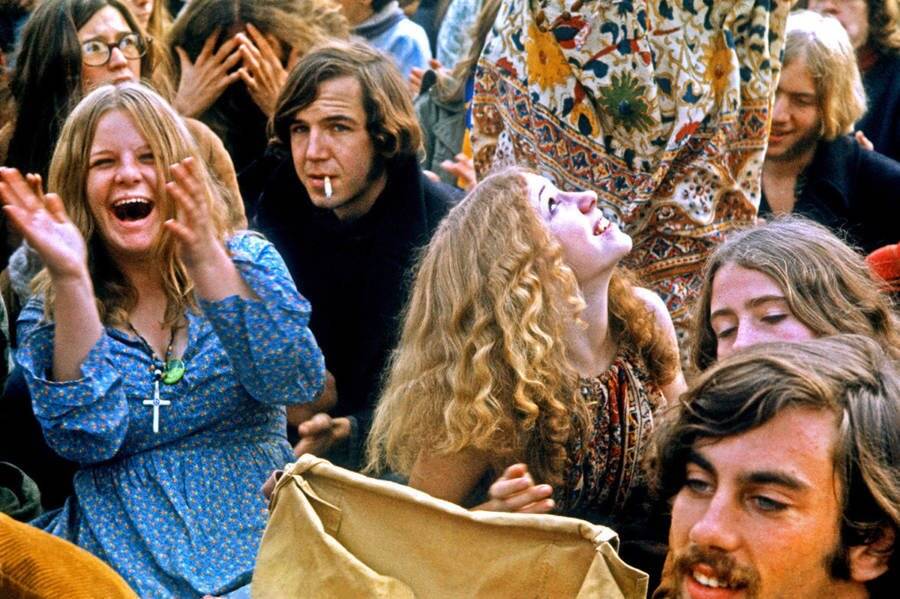

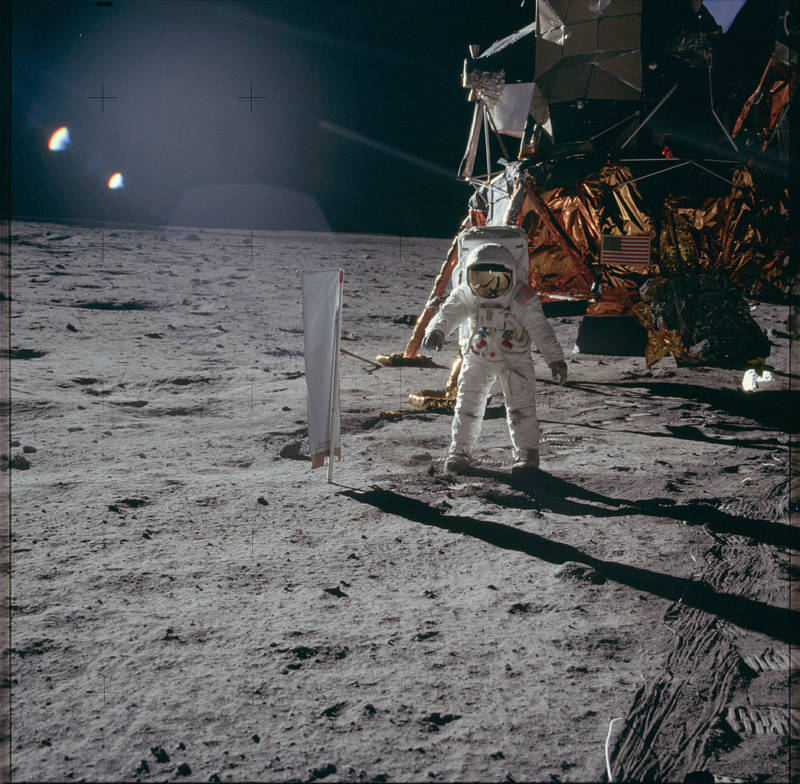




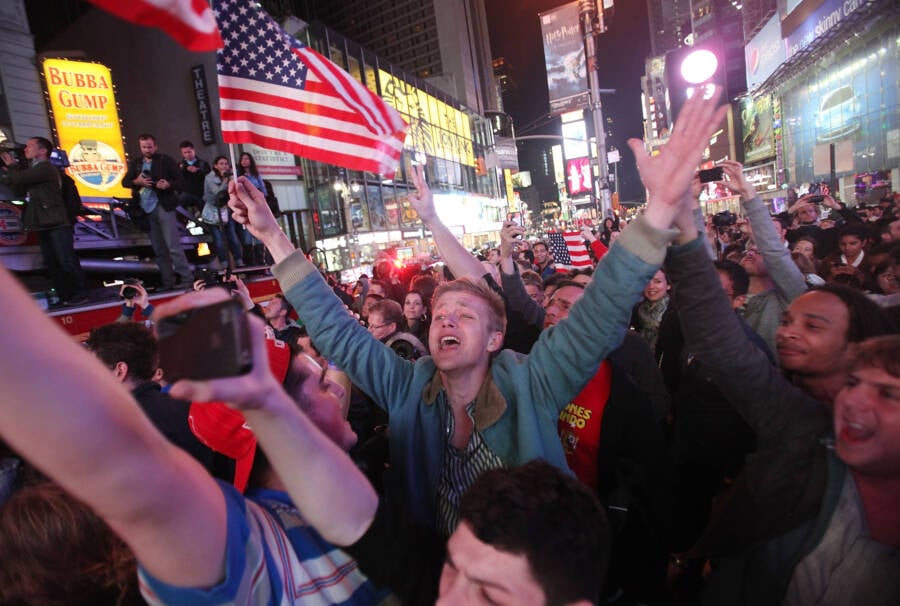

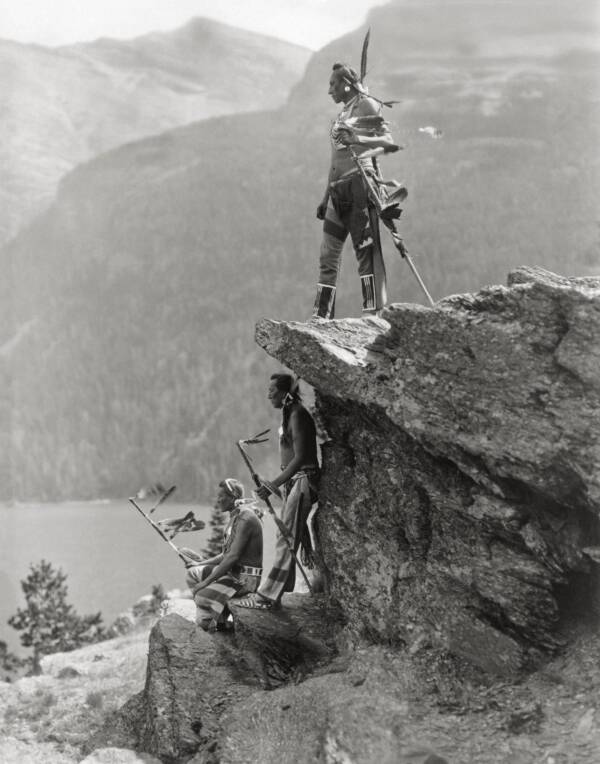


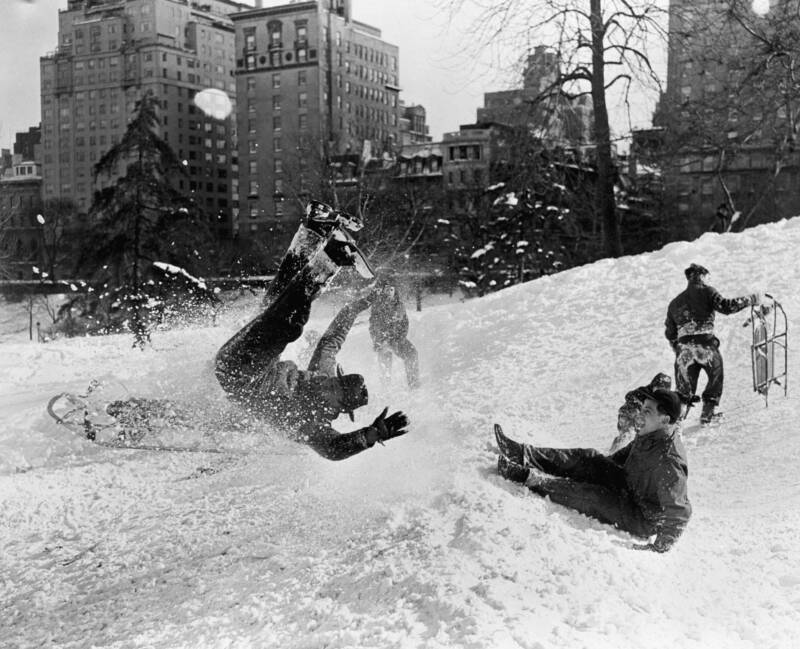



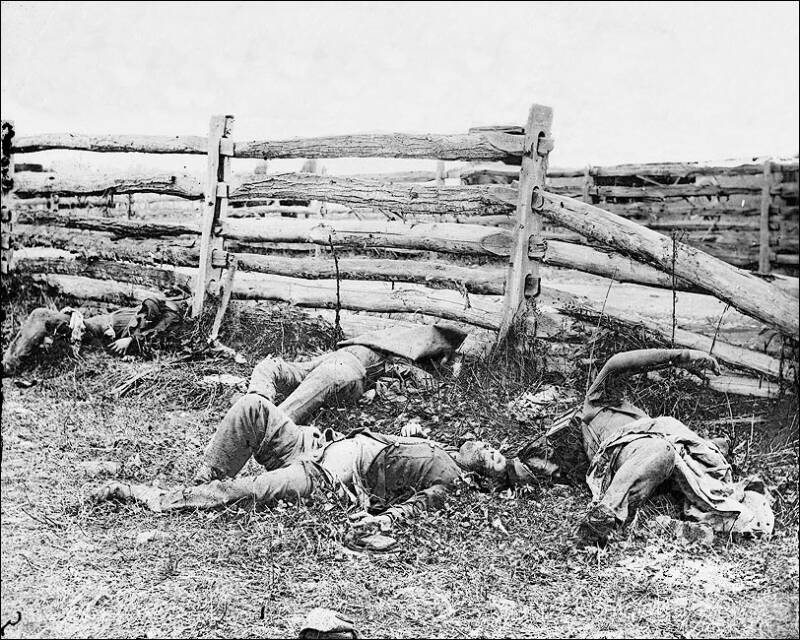
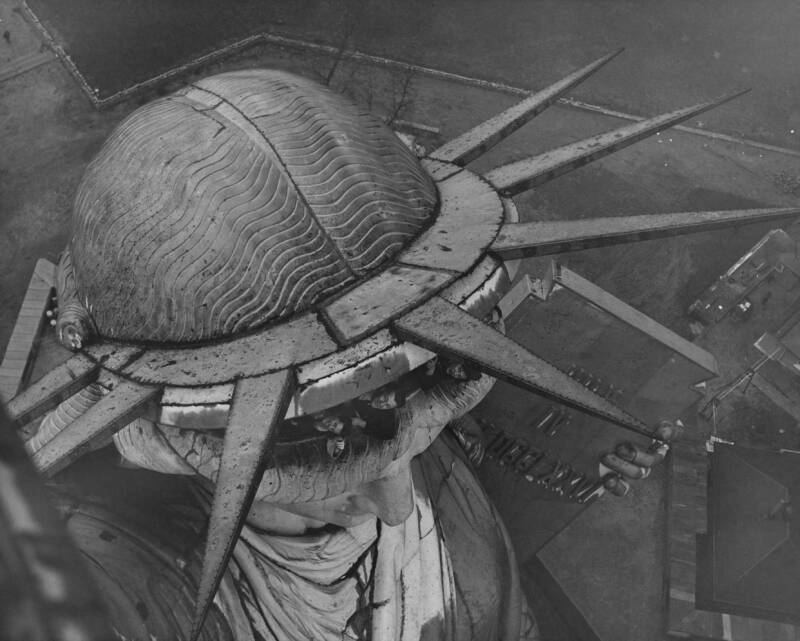






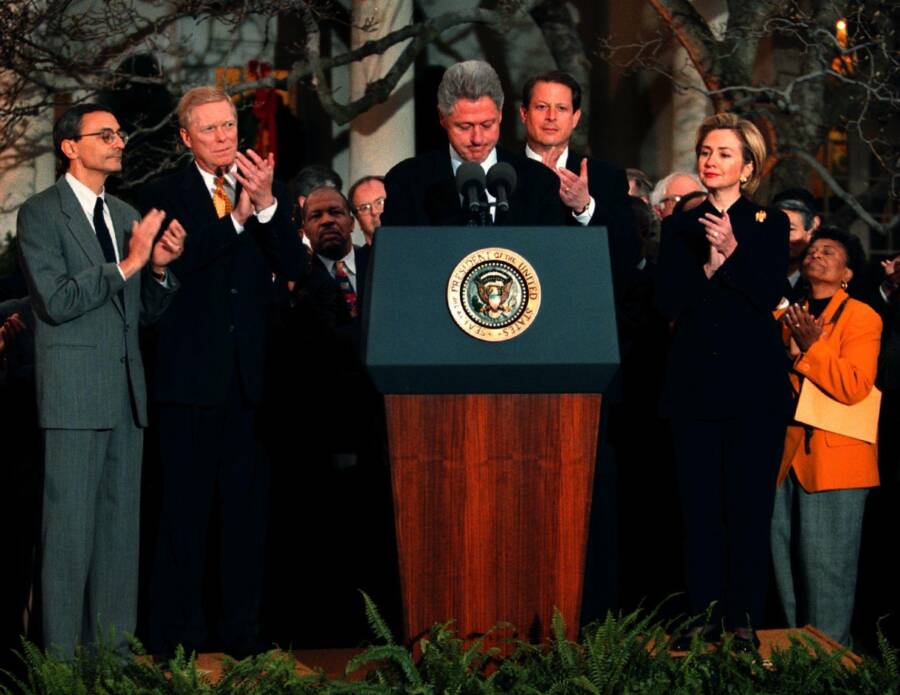



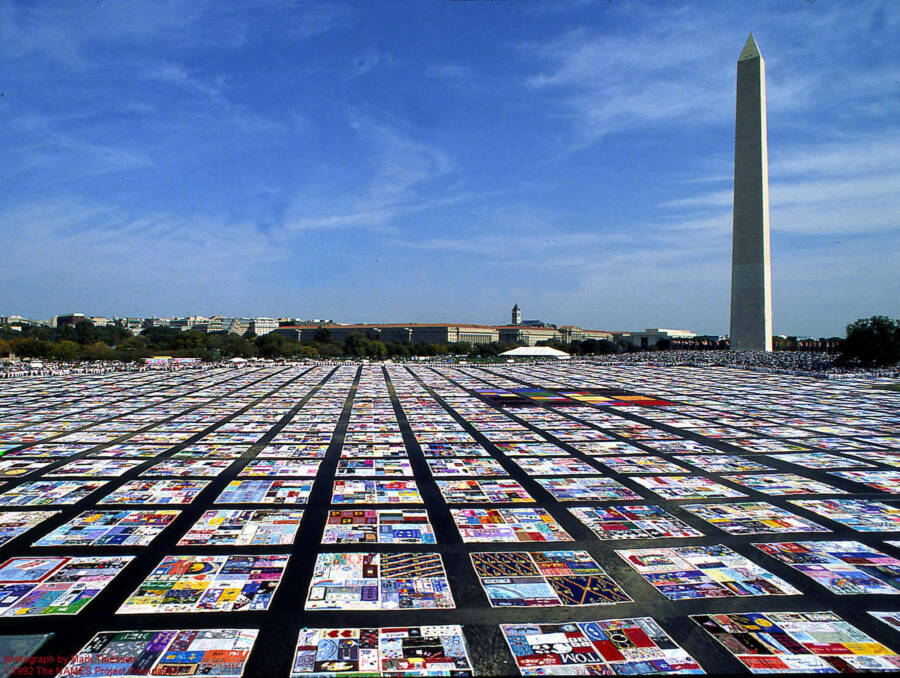
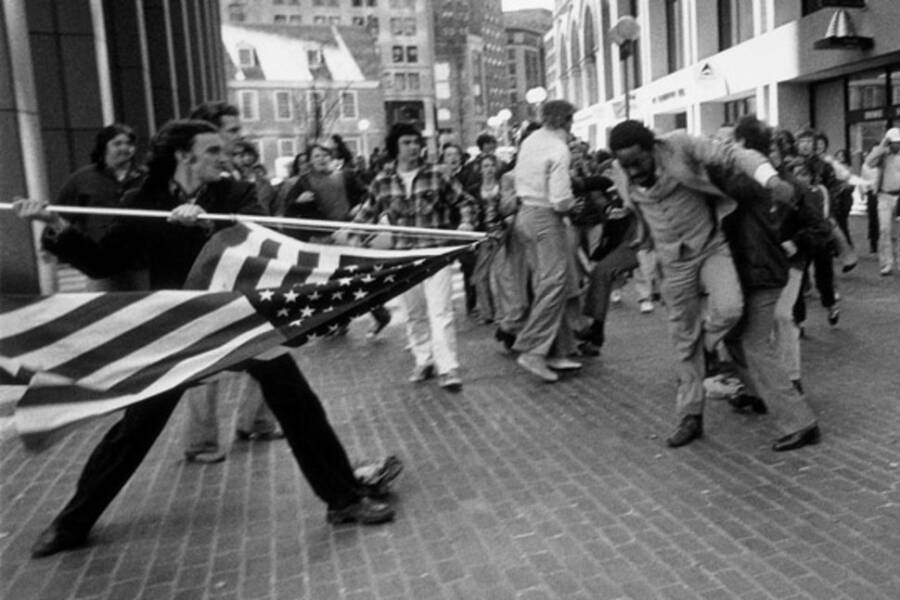

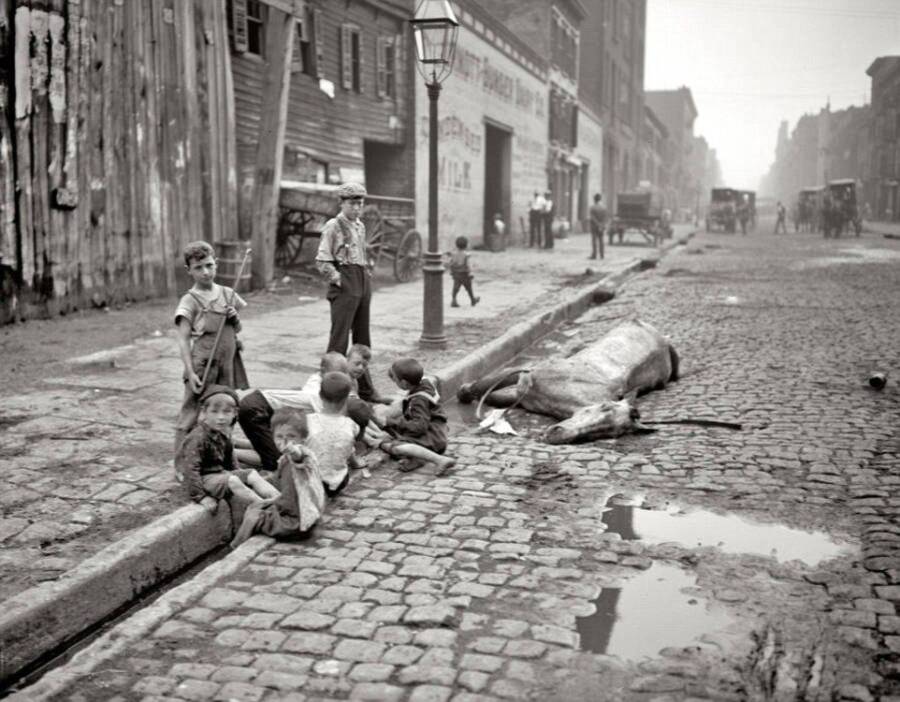

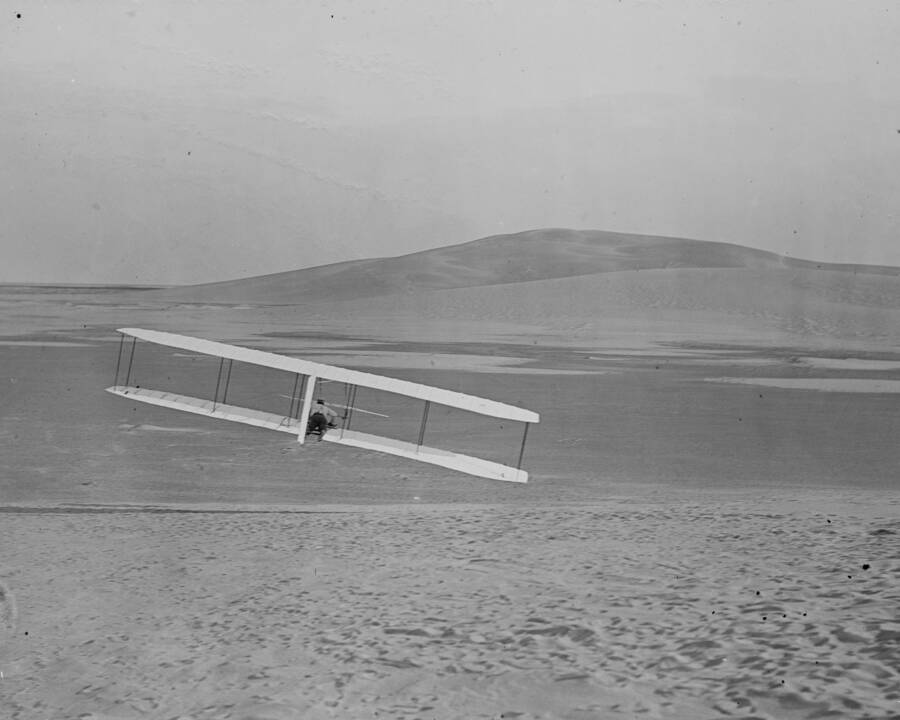




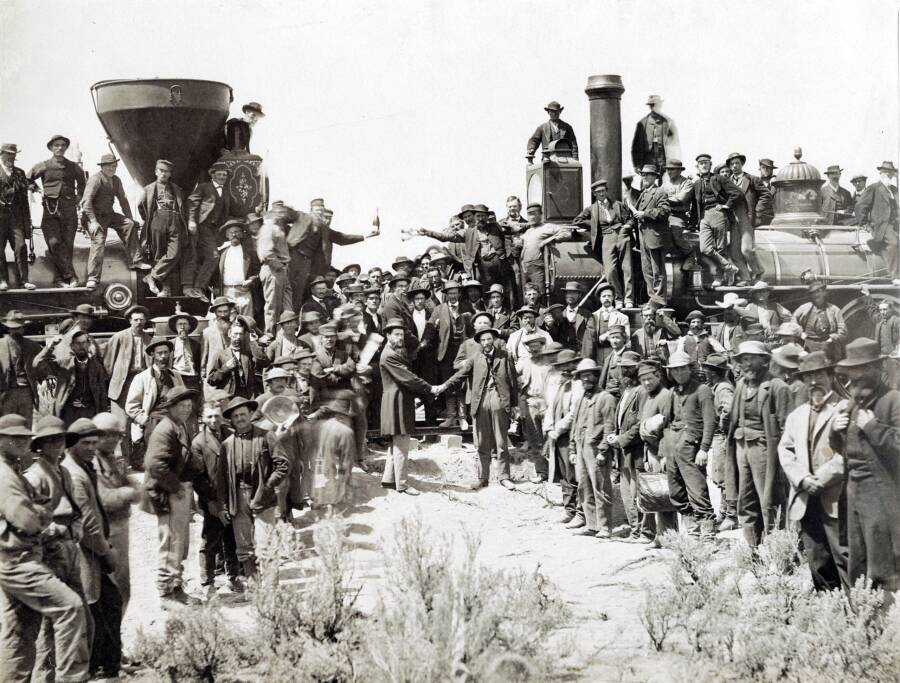

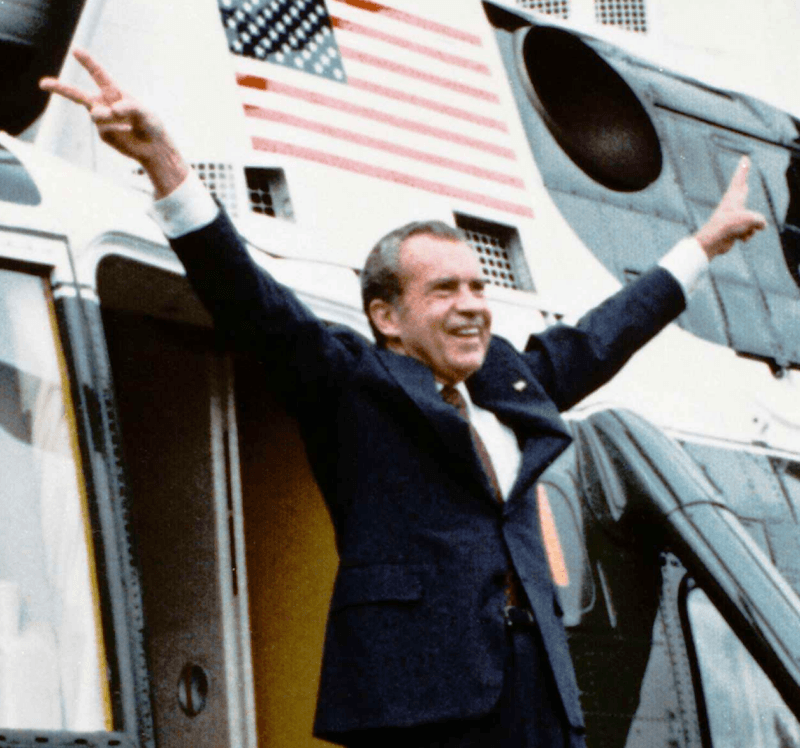
And if you liked this post, be sure to check out these popular posts:

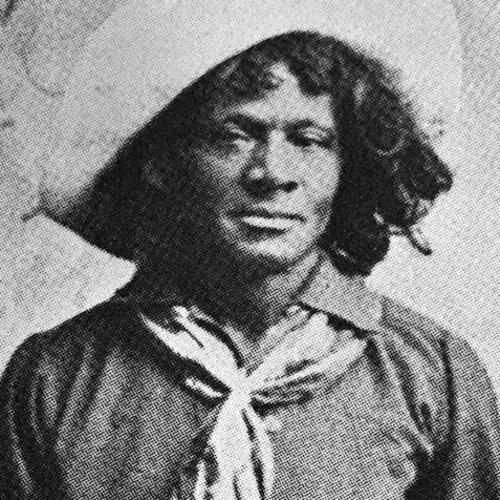
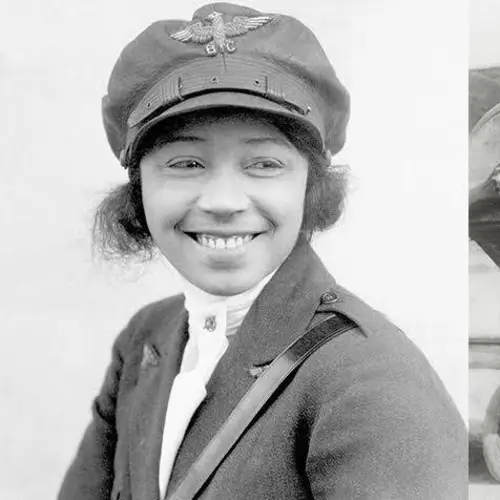
Robert Oppenheimer, the so-called "father of the atomic bomb," described his state of mind following the explosion, later saying:
"We knew the world would not be the same... I remembered the line from the Hindu scripture, the Bhagavad Gita: 'Now I am become Death, the destroyer of worlds.' I suppose we all thought that, one way or another."Wikimedia Commons
So cried radio reporter Herbert Morrison on May 6, 1937, as the zeppelin Hindenburg burst into flames in Lakehurst, New Jersey. The horrific crash, which left dozens dead, ended the hopeful era of zeppelin travel. New York Daily News Archive /Getty Images
Next to him is Kennedy's widow, Jackie Kennedy, who insisted on wearing her bloodstained pink dress. She said, "I want them to see what they have done to Jack.” Wikimedia Commons
D-Day left thousands dead, but helped the Allies break into German-occupied France and became a turning point in World War II. Robert F. Sargent/United States Coast Guard/Galerie Bilderwelt/Getty Images
Here, New York City Deputy Police Commissioner John A. Leach watches agents pour illegal alcohol into the sewers, circa 1921. Library of Congress
"Away back in the Middle Ages people used to go on pilgrimages to the Holy Land, and when people in the villages through which they passed asked where they were going, they would reply, 'A la sainte terre,' 'To the Holy Land.' And so they became known as sainte-terre-ers or saunterers. Now these mountains are our Holy Land, and we ought to saunter through them reverently, not 'hike' through them."Library of Congress
His death capped a decade-long search by American forces, and represented a moment of catharsis for many New Yorkers. Mario Tama/Getty Images
The day after this photo was taken, the Senate passed the Civil Rights Act. Wikimedia Commons
Though the men wear ceremonial clothing, Native American tribes across the country were pressured to "assimilate" completely. Public Domain
When they opened fire, they struck — and killed — a number of students who were not protesting but merely watching on their way between classes. John Paul Filo/Library of Congress
Here, pilots Frances Green, Margaret Kirchner, Ann Waldner and Blanche Osborn walk away from a B-17, called Pistol Packin' Mama, circa 1942. National Archives
The woman, 33-year-old Florence Owens Thompson, looks off into the distance with an expression of worry as her children bury their heads into her shoulders. Library of Congress
By the time the war ended in 1865, some 750,000 Americans had died. Mathew Brady/Library of Congress
Workers on the torch balcony scaled the iconic statue for renovations — and snapped this picture while up high. Hulton-Deutsch Collection/CORBIS/Corbis via Getty Images
Then the worst terrorist attack in U.S. history, the bombing killed 168 people, including 19 children. BOB DAEMMRICH/AFP via Getty Images
Thorpe got a too-small shoe from one teammate, and found another in the trash. Nevertheless, he won the gold medal in the decathlon. Wikimedia Commons
The Tulsa Massacre destroyed the Greenwood District and left some 300 people dead. Library of Congress
Till's mother insisted on an open-casket funeral, and images of Till's disfigured body helped spark the American Civil Rights Movement. Wikimedia Commons
The bombing of Hiroshima on Aug. 6, 1945, killed 80,000 people, flattened the city, and changed the world forever. U.S. National Archives
However the death toll from AIDS was much higher. Between 1981 and 1988, more than 40,000 people died of AIDS in the United States.Wikimedia Commons
It depicts an angry protester, Joseph Rakes, wielding an American flag. Rakes seems ready to impale lawyer Ted Landsmark, who was just passing through on his way to a meeting when he got caught up in the protests. Wikimedia Commons
The crisis, which caused lines at gas stations around the country, started when Arab members of the Organization of Petroleum Exporting Countries (OPEC) imposed an embargo against the United States, because of the U.S. support for Israel. U.S National Archives
The hurricane, one of the worst on record, killed between 1,200 and 1,800 people. Many were poor and people of color.U.S. Airforce
The completion of the transcontinental railroad marked a new era in American history, where cross country travel became suddenly much easier and more accessible.
The internment of Japanese immigrants and Japanese Americans, which lasted from 1942 to 1945, remains a shameful chapter in American history. President Ronald Reagan offered a formal apology in 1988. War Relocation Authority
Following a series of scandals, including the Watergate Hotel break in, Nixon became the first president to resign from office. He handed power to his vice president, Gerald Ford. Wikimedia Commons




The most iconic American images can stop you in your tracks. Sometimes, they offer snippets of joy — like California hippies dancing at a music festival. Other times, they show flashes of pain — like the flooded streets of New Orleans following Hurricane Katrina in 2005.
But every photo captures a moment in the great, unfolding quilt of American history. These 55 famous American history photos present a panoply of excitement, joy, tragedy, accomplishment, and anguish.
Famous American History Photos: 'Lunch Atop A Skyscraper'
Many of the most compelling photos from American history capture moments of joy, exaltation, or pride. Take the famous "Lunch Atop A Skyscraper," which depicts construction workers eating lunch 850 feet over New York City.
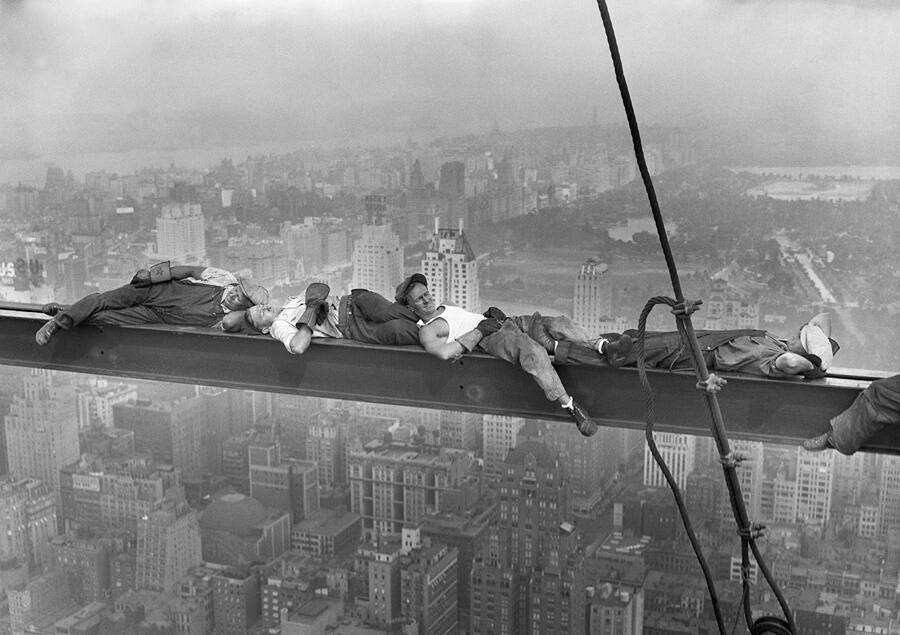
Getty ImagesConstruction workers relax on the beams of 30 Rockefeller Plaza as Central Park sprawls out in the background in an alternate shot from the same photo shoot.
The photo, taken during the construction of Rockefeller Center, was meant as a publicity stunt. But it sparked something else. Americans, gripped by the Great Depression, found joy in the cocky photo of 11 construction workers.
Today, the names of most of the men have been lost. But their image endures in the iconic photo.
Iconic American Images: Emmett Till
However, many of the most striking American history photos have a darker side. Photos of Emmett Till, for example, represent a horrifying chapter in American history.
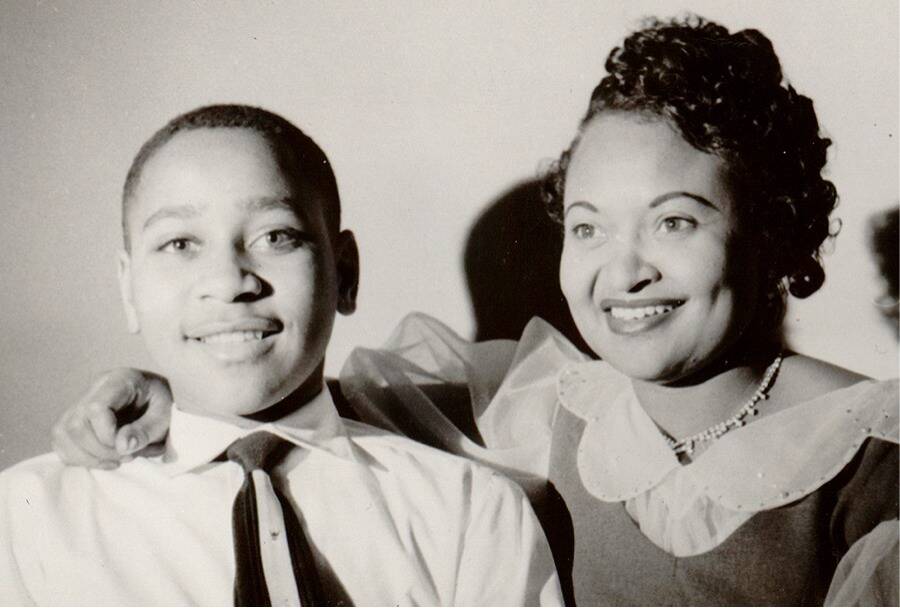
Library of CongressEmmett Till and his mother, Mamie Till Bradley, circa 1950.
While visiting family in Money, Mississippi, in 1955, 14-year-old Till had an encounter with a white woman named Carolyn Bryant. Bryant claimed — though she later admitted she'd lied — that Till had harassed her at her family's grocery store.
As a result, Bryant's husband and his half-brother went after Till. They kidnapped, beat, and brutally killed him.
Till's mother later insisted on having an open-casket funeral so that the world could see what had happened. Photos of the 14-year-old's mutilated body shocked many Americans and helped spark the civil rights movement. Indeed, it remains one of the most powerful photos in American history.
This collection of the most famous photos in American history includes pictures like that — photographs that shook the country, like the 1937 explosion of the Hindenburg or the 1970 shooting at Kent State — and images that present quieter truths about American life.
Above, look through photos of naturalist John Muir sitting on a rock, enjoying nature. Or see the pride on the faces of women pilots during World War II. Marvel in the moon-landing, or mourn the Tulsa Massacre.
In all, the 55 photos above present a diverse, striking look at American life. They're photos of joy and despair. These iconic American images show the country's soaring triumphs and its devastating failures.
But every photo captures something unique about American history. Within each image is a common thread, a common story that is still unspooling to this day.
After looking through these American history photos, check out these 55 weird photos and their surprising backstories. Or, take a moment to explore 25 of the most powerful photos in history.





